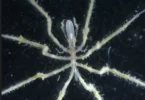Have you ever gazed into the ocean and wondered what lies beneath the surface? Among the vibrant hues of blue and green, one of the most extraordinary wonders awaits: corals. Often mistaken for mere rocks or plants, these colorful creatures are actually living animals that play a vital role in our oceans. Join me as we dive into the enchanting world of corals and uncover the truths about their importance, beauty, and the challenges they face.
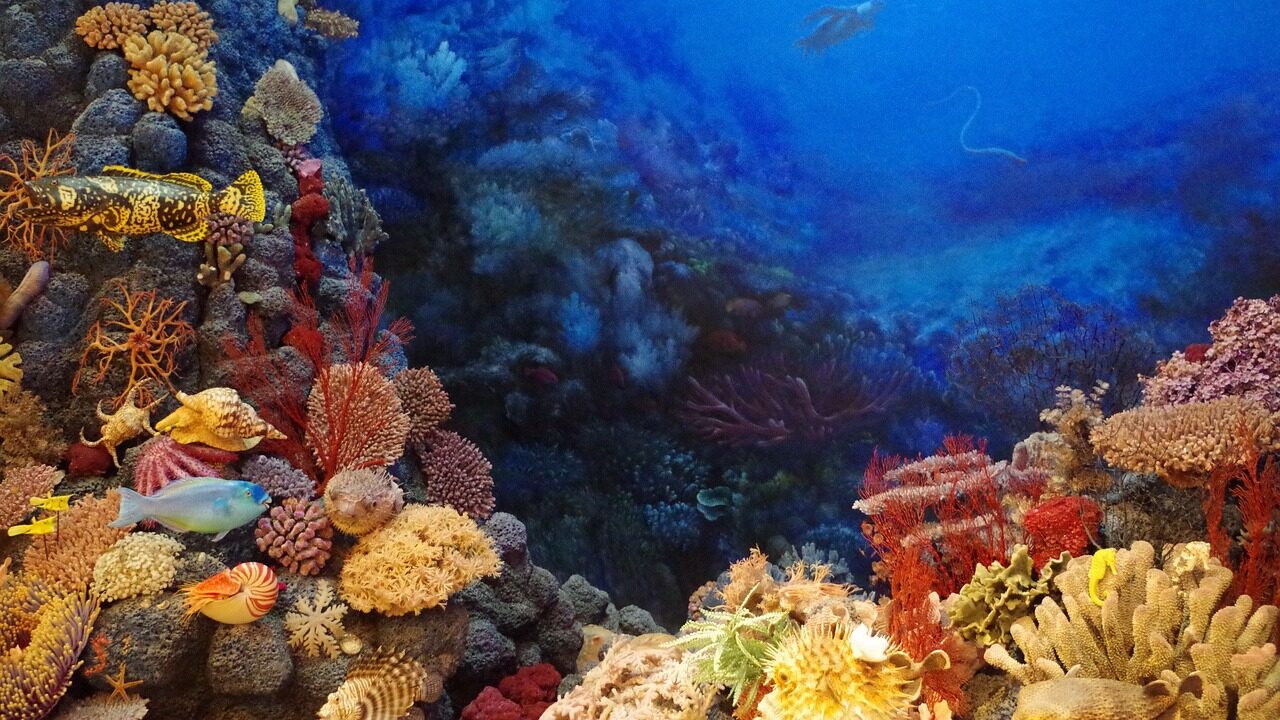
What Are Corals?
Let’s start with the basics. Corals are marine invertebrates that belong to the class Anthozoa within the phylum Cnidaria. Picture tiny, cylindrical sacs called polyps—each one is like a little anemone with a mouth surrounded by tentacles. They live in colonies, and together they build the stunning structures we call coral reefs.
When you think of a reef, think of a bustling city underwater, home to countless species and vibrant ecosystems. The polyps secrete calcium carbonate, creating the solid skeleton that forms the backbone of these reefs over time.
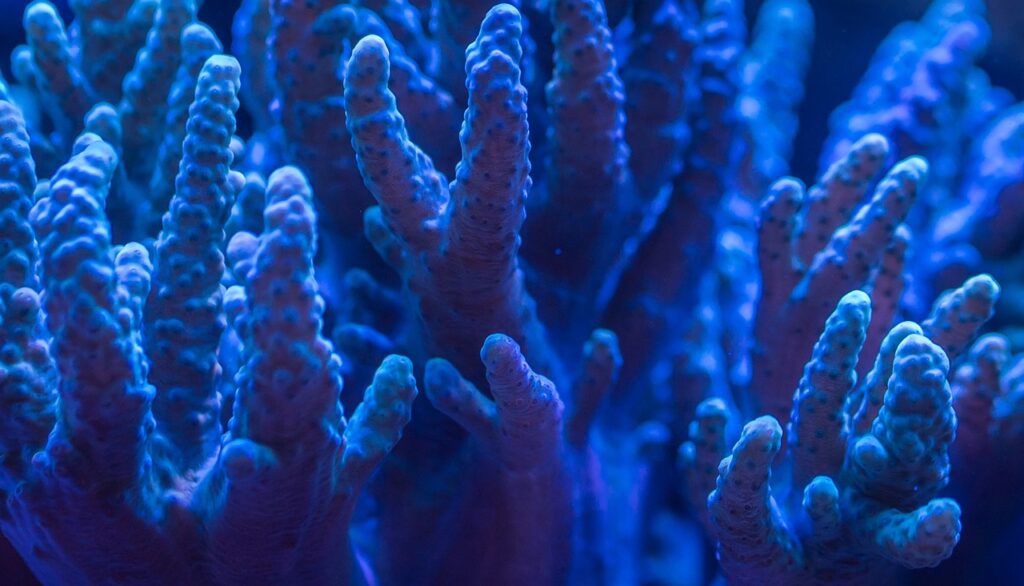
The Building Blocks of Reefs
Coral reefs are nature’s architectural masterpieces. The Great Barrier Reef in Australia, stretching over 1,400 miles, is the largest living structure on Earth, and you can even see it from space! These reefs not only provide a habitat for a diverse array of marine life but also protect coastlines and support local economies.
Types of Corals
Corals can be categorized into two main types, each with its unique characteristics:
1. Hard Corals (Scleractinia)
Hard corals are the architects of the reef world. They create robust structures that support numerous marine species. Here are a few examples:
Brain Coral (Diploria spp.): Named for its convoluted surface that resembles a brain, this coral offers shelter to many reef inhabitants. It’s fascinating how something so beautiful can provide a home for other creatures.
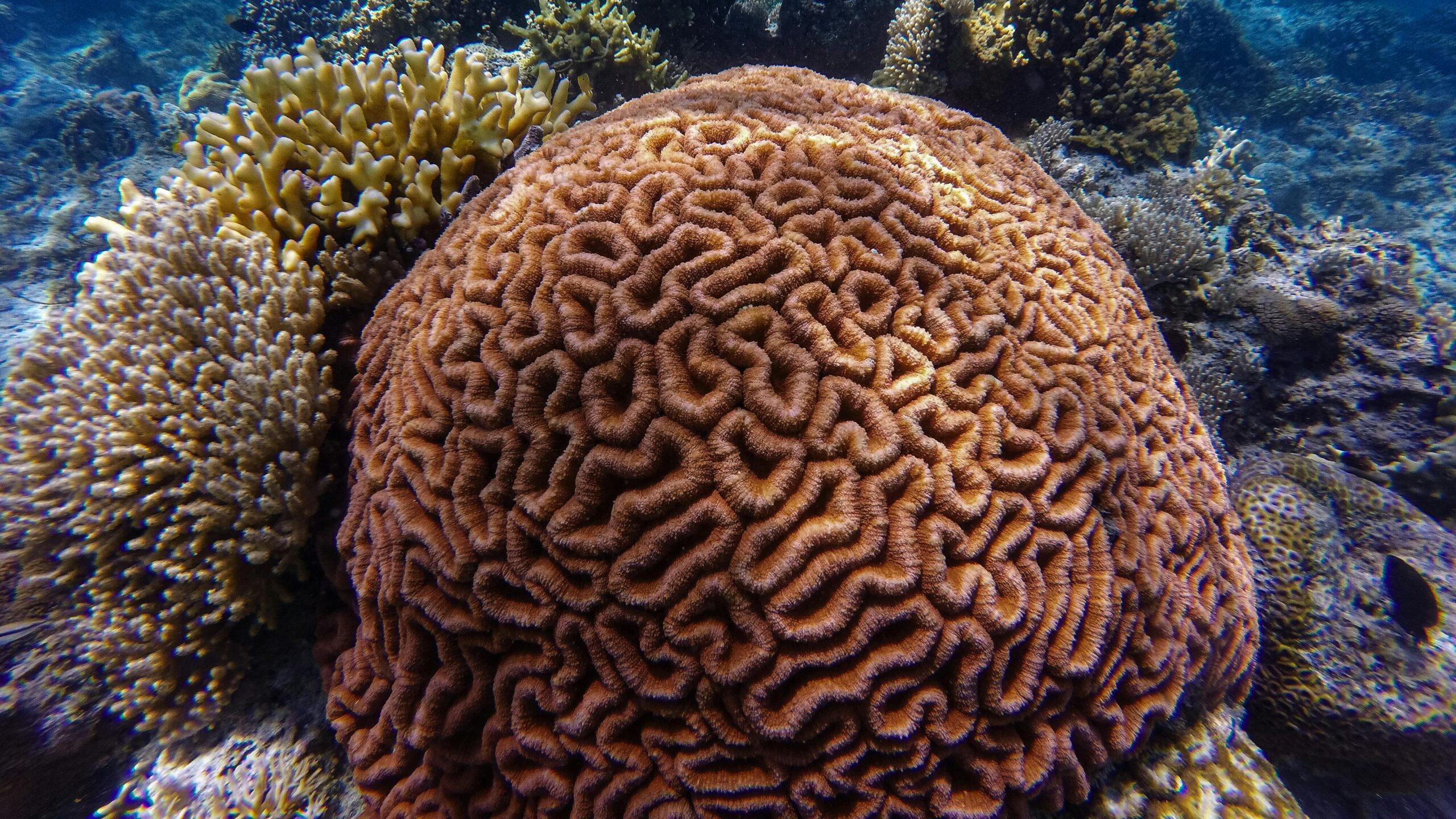
Staghorn Coral (Acropora cervicornis): With its branching shape, this coral is crucial for reef growth. Many fish, like the clownfish, find their homes among its branches, showcasing nature’s interdependence.
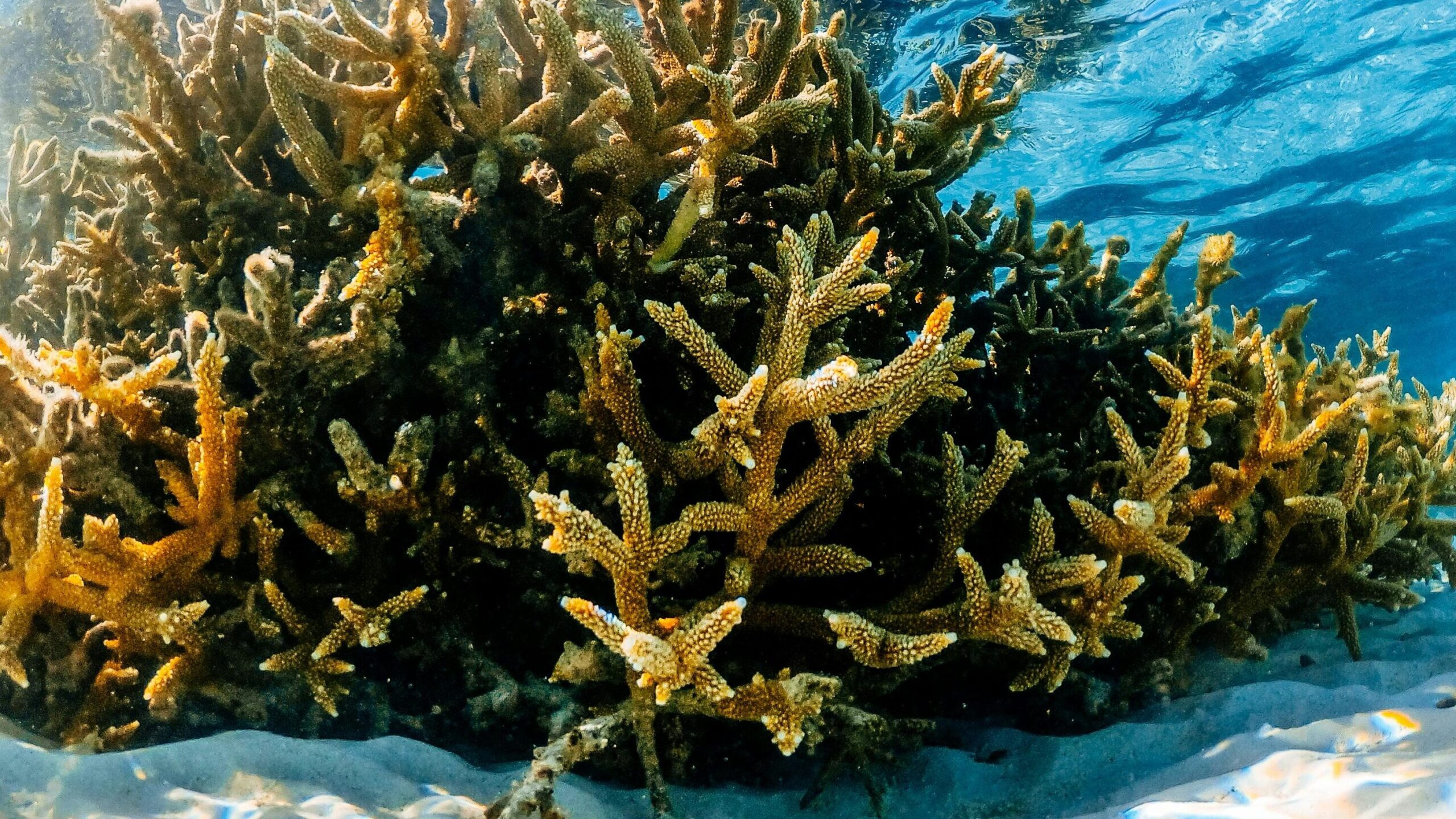
2. Soft Corals
Soft corals, on the other hand, don’t have a rigid skeleton. They sway gracefully with ocean currents. Notable examples include:
Sea Fans (Gorgonia spp.): These delicate corals have a flat, fan-like structure that captures plankton and nutrients. Watching them sway is like seeing a dance performed by nature itself.
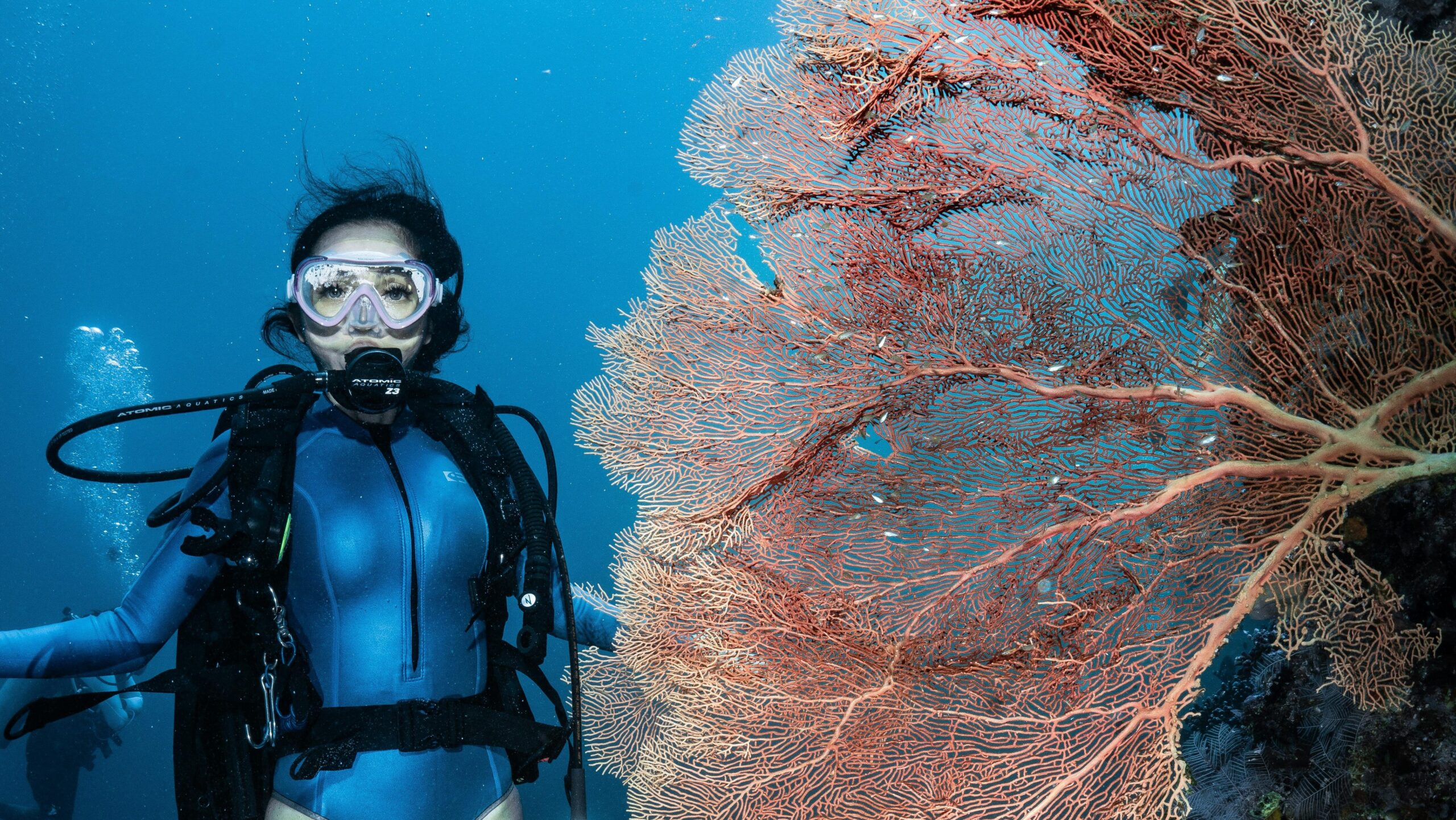
Leather Corals (Sarcophyton spp.): Characterized by their soft, leathery texture, these corals provide habitats for various marine organisms, demonstrating the beauty of flexibility in nature.
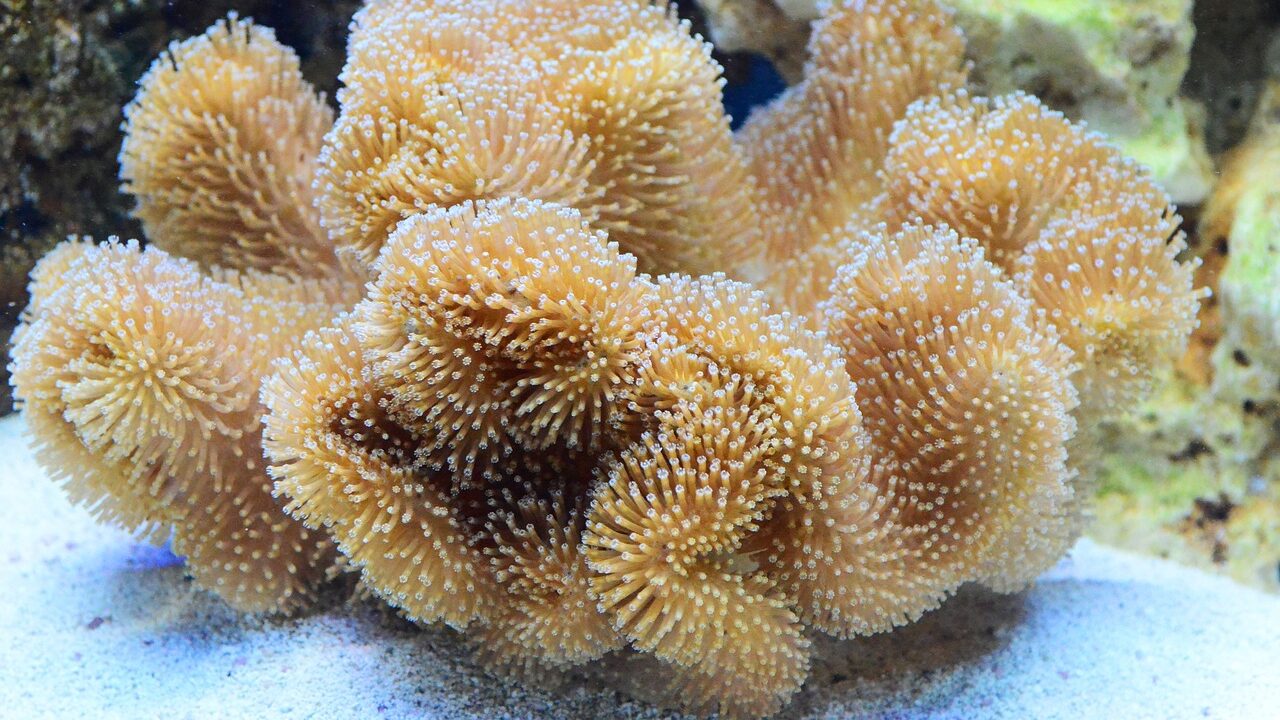
The Importance of Coral Reefs
Coral reefs are often referred to as the “rainforests of the sea,” and for good reason. Here are a few vital roles they play in our ecosystem:
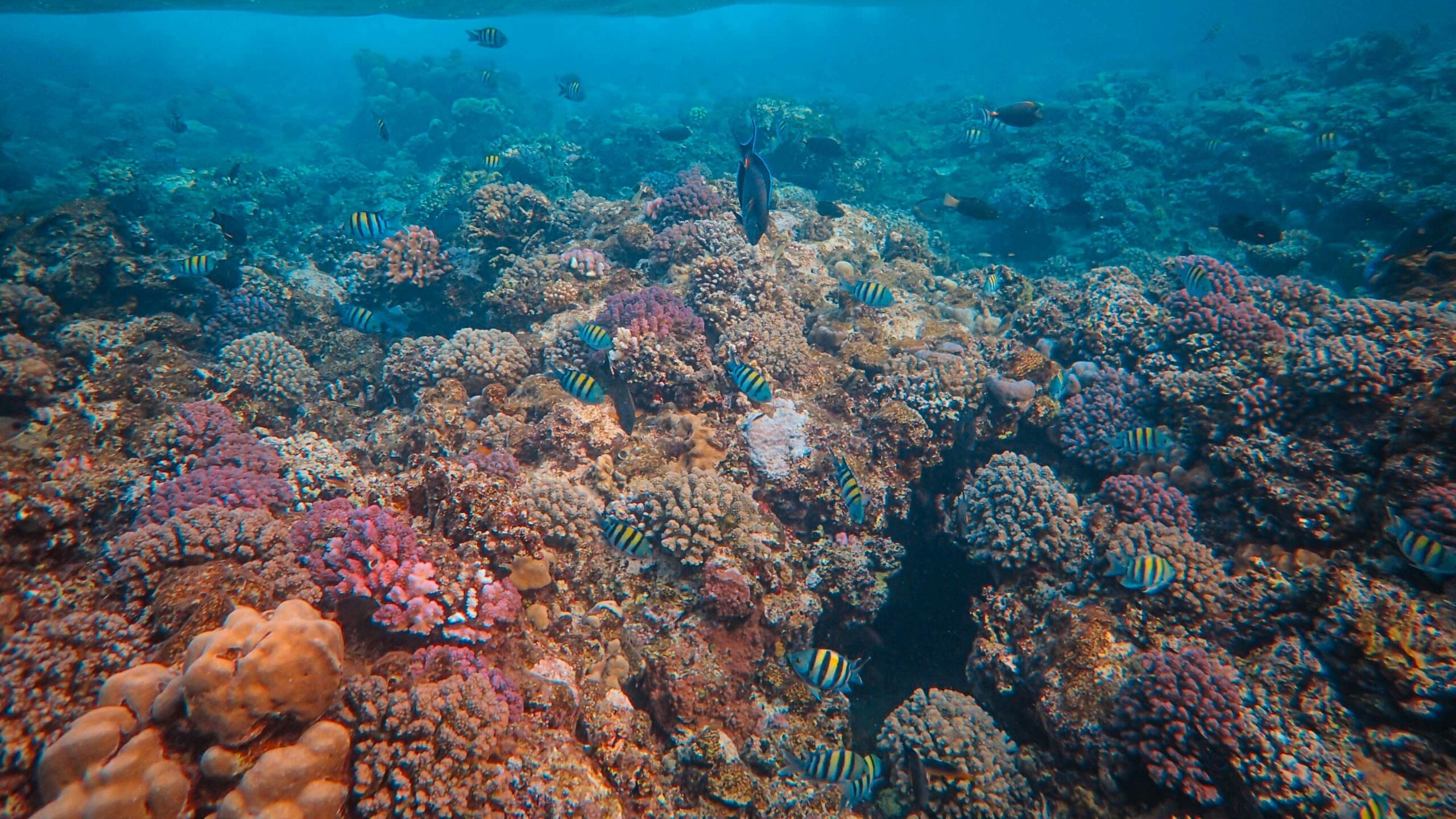
Biodiversity Hotspots
Did you know that coral reefs support about 25% of all marine life? They provide essential habitats and breeding grounds for thousands of species, including fish, invertebrates, and even mammals like dolphins. Imagine a thriving underwater community, where every creature plays a part in the ecosystem.
Coastal Protection
Coral reefs act as natural barriers, absorbing wave energy and protecting coastlines from erosion. This is especially crucial for coastal communities, as they shield homes and livelihoods from the destructive forces of storms.
Economic Resources
Coral reefs contribute significantly to local economies through tourism, fishing, and marine-related activities. They generate over $375 billion annually, supporting millions of jobs worldwide. When you visit a coral reef, you’re not just enjoying its beauty; you’re part of an economy that thrives on its health.
Threats to Corals
Despite their resilience, corals face numerous threats that put their survival at risk:
Climate Change
Rising ocean temperatures lead to coral bleaching, a heartbreaking phenomenon where corals expel the algae living in their tissues. This process causes them to turn white and, if temperatures remain high for too long, die. It’s a stark reminder of how interconnected our planet is.
Pollution
Nutrient runoff from agriculture and sewage can trigger algal blooms, suffocating corals and blocking their sunlight. Plastics and other pollutants further contribute to the decline of coral health.
Overfishing
Unsustainable fishing practices can disrupt the delicate balance of reef ecosystems, affecting the species that rely on corals for survival. The removal of key species can lead to a ripple effect, degrading the entire reef system.
Understanding the truth about corals is essential for their preservation and the health of our oceans. These incredible organisms support a wealth of marine life and play a vital role in maintaining the balance of our planet’s ecosystems.







